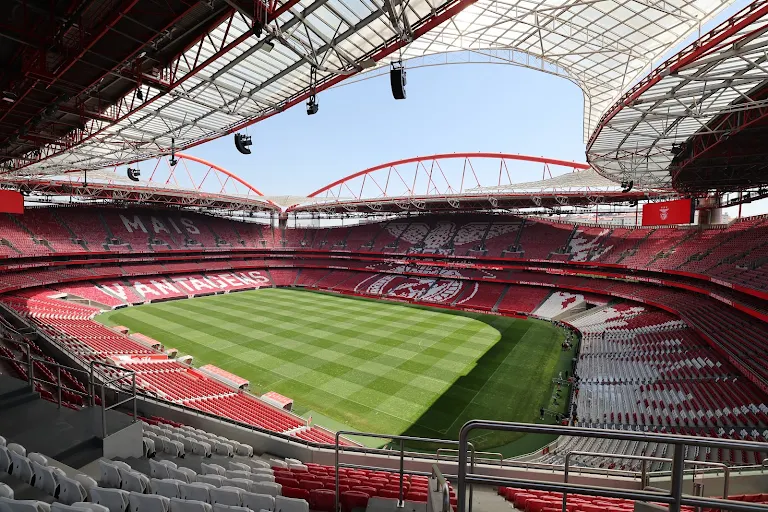
The Miami Dolphins are approaching a critical juncture regarding the future of star wide receiver Tyreek Hill, as the team confronts salary cap challenges heading into the 2025 NFL season. Hill, one of the most dynamic and productive players in the league, carries a staggering $27.7 million cap hit for the upcoming year—a number that’s forcing serious internal conversations within the Dolphins’ front office.
Hill, 30, remains one of the NFL’s premier playmakers. Since arriving in Miami via a blockbuster trade with the Kansas City Chiefs in 2022, he has shattered franchise records and provided a game-breaking presence in Mike McDaniel’s high-octane offense. In his first two seasons with the team, Hill amassed over 3,500 receiving yards and 20 touchdowns, cementing his role as the centerpiece of the Dolphins’ aerial attack.
But as the team navigates the tightrope of roster construction under the NFL’s hard salary cap, Hill’s substantial financial impact is drawing increased scrutiny. The Dolphins are projected to be near or over the cap limit for 2025, with major decisions looming on several other core players, including quarterback Tua Tagovailoa, whose own extension could command upwards of $50 million per year.
General manager Chris Grier and the Dolphins’ brass now face a difficult decision: restructure Hill’s contract, trade him to create cap flexibility, or commit to the current deal and restructure other parts of the roster to make it work. Each option carries risks and potential long-term consequences.
A trade would be seismic, both in terms of its impact on the Dolphins’ offense and on the league’s perception of Miami’s immediate ambitions. Few teams are eager to part with a player of Hill’s caliber, but moving him could free up significant salary cap space and potentially net valuable draft assets in return. Multiple league sources believe that several teams, particularly receiver-needy contenders, would be interested in acquiring Hill if he were made available — provided they could absorb or renegotiate his current deal.
However, trading Hill would also mean removing one of the league’s most feared deep threats from an offense built around speed and spacing. McDaniel’s scheme thrives on stretching the field vertically, something Hill excels at thanks to his unique combination of acceleration, agility, and route-running precision. His chemistry with Tagovailoa has been a cornerstone of Miami’s offensive identity.
There is also the question of timing. Hill is still under contract through 2026, and despite his age, he’s shown few signs of decline. In 2024, he led the league in receiving yards for much of the season before a late injury slowed his pace. Trading a player still producing at a high level could send the wrong message to a locker room that believes it is on the cusp of legitimate Super Bowl contention.
Restructuring the deal is another path Miami could take. The team has already done some cap gymnastics in recent seasons to stay competitive while managing large contracts for players like Xavien Howard, Bradley Chubb, and Terron Armstead. Converting a portion of Hill’s base salary into bonuses or extending his deal with void years could provide short-term relief, though it risks pushing cap problems into the future.
Hill, for his part, has maintained his focus on football and remained mostly quiet about his contract status. Known for his eccentric personality and strong social media presence, he’s shown no public signs of dissatisfaction in Miami. However, he is aware of his market value and the potential leverage he holds should trade talks or restructuring negotiations intensify.
The Dolphins’ decision on Hill also intersects with broader organizational priorities. McDaniel, entering what could be a make-or-break season depending on postseason success, needs as many weapons as possible to challenge AFC heavyweights like the Chiefs, Ravens, and Bills. Taking a step back offensively could stall the momentum Miami has built over the last two seasons.
Ownership will also play a role. Stephen Ross, now in his 80s, has expressed a strong desire to see the team return to Super Bowl relevance during his tenure. Whether that means going all-in with an expensive but explosive core — or taking a more conservative financial approach to preserve long-term flexibility — remains to be seen.
What’s clear is that the Dolphins are entering a delicate phase where performance, finances, and team chemistry must all be balanced carefully. Tyreek Hill’s $27.7 million cap hit sits at the heart of that equation, making him both an indispensable asset and a potential flashpoint for change.
As the offseason unfolds, all eyes will be on South Florida. Whether Hill remains in aqua and orange or suits up elsewhere in 2025 could shape the course of the AFC — and redefine Miami’s future.




